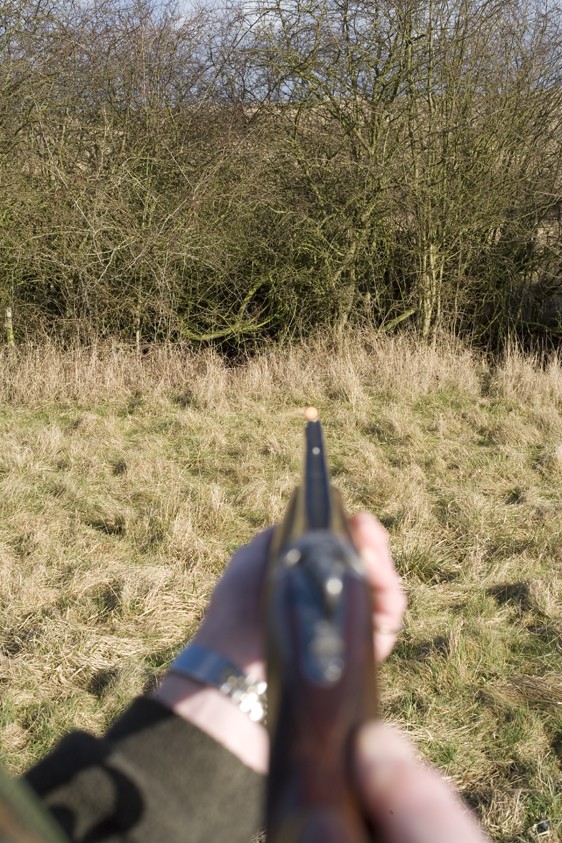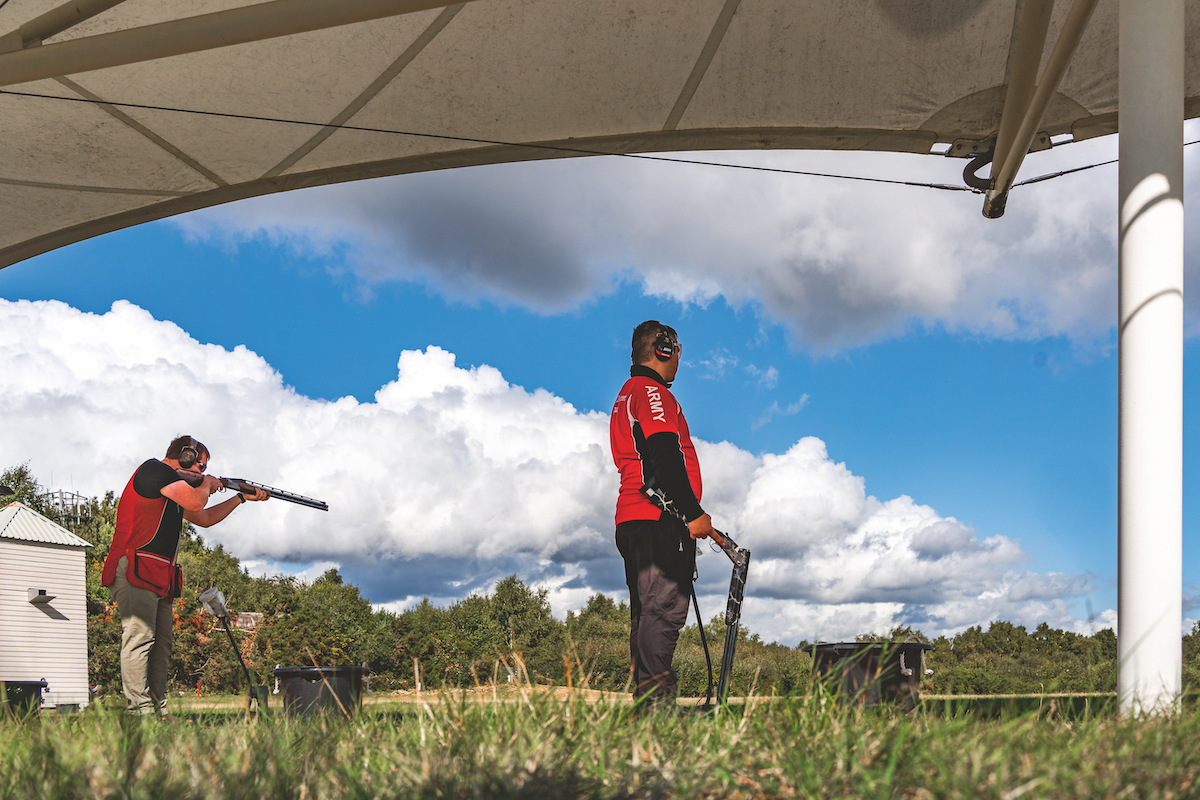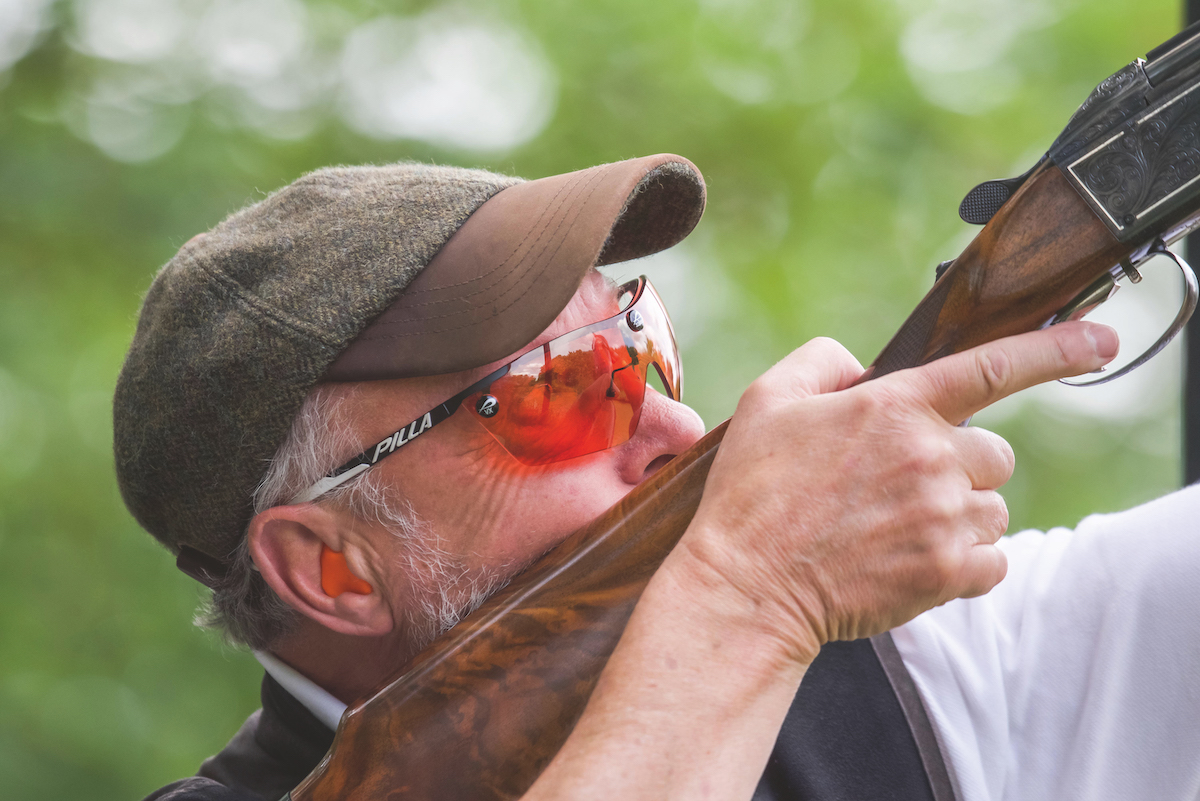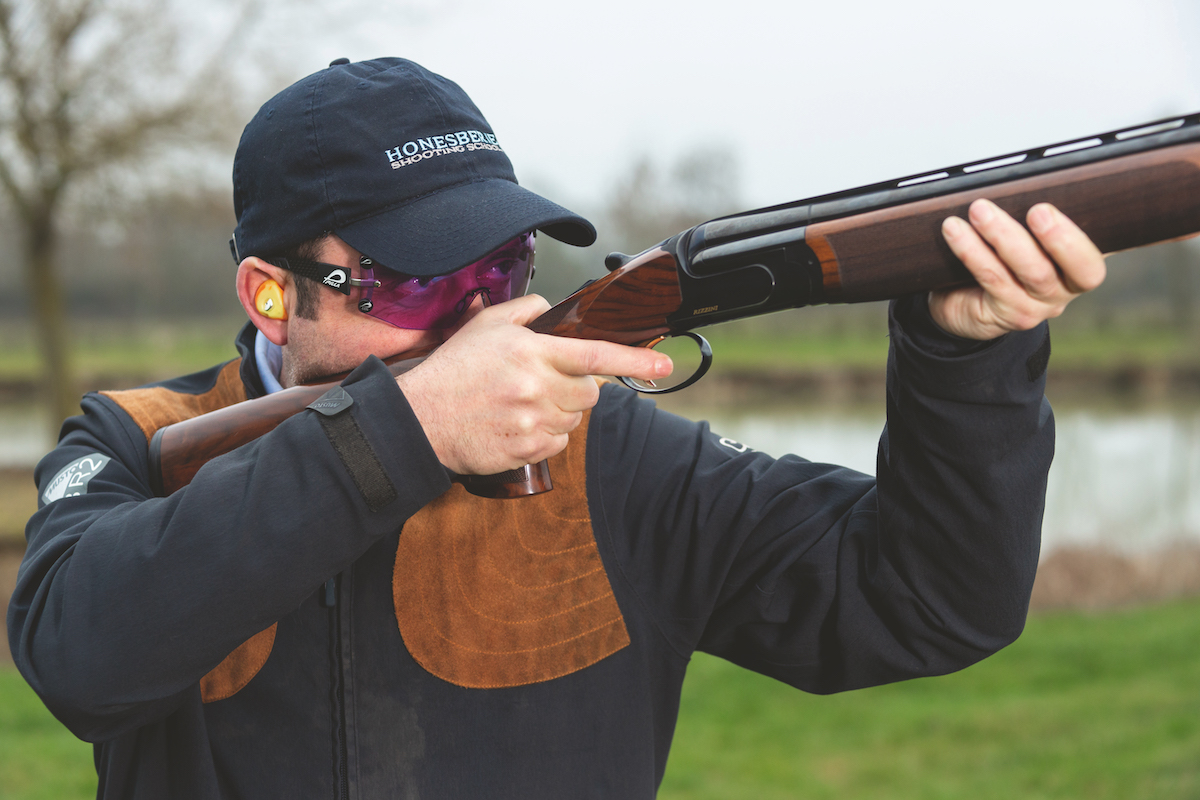How to hit your worst targets

We all hate bogey birds.
You know the type; the ones where your heart sinks as soon as you walk onto the stand.
The trick to hitting them is to take a close look at why you’re having problems with a particular type of target. It’s easy to write off the problem and hope the next layout will be easier. Obviously, taking the time to practice on your particular bogey bird will pay dividends, but it often helps if someone can talk you through the problem and offer practical tips on where you’re going wrong.
Don’t be afraid to ask for advice. You can sometimes find it’s not really a shooting problem after all, but a mental one.
For instance, do you always go to pieces in a shoot-off?
Apart from being a lucky devil to have got that far in a competition, the bogey is the shoot-off itself, irrespective of what type of target is presented. This is simply nerves coming into the equation. Maybe you always have a problem on the very last stand at your local club: a high crosser – a type of target you normally hit well at other shooting grounds. Is it really the way this bird is presented, or could it be you’re shooting right outside the clubhouse and you’re worried lots of people might be watching?
This could well be the old nerves creeping in again…
Here’s some actual bogey birds that Sporting Gun readers have told me about.
Q: “I have a problem when I get a high overhead bird coming from behind. If it’s presented on my right hand side I’m normally okay, but if it’s coming over on the left I really struggle to break the target. It’s getting to a stage now that I’d rather save the shells than waste them on what I think is going to be un-hittable.”
Mark says: What we’ve got here is a problem that’s almost certainly a result of the initial stance. As in all cases you’ve got to make sure the barrels of the gun are on the flight line of the clay. As well as raising your head off the stock to get an early view of the bird, the best thing to do would probably be to alter your initial stance. By turning your feet and body you can make what was a direct overhead bird into a high crosser.
Q: “I’ve only been shooting a short while so I’m a real novice. I seem to have trouble with any crossing bird going from left to right. When the clay’s coming from the right-hand side I usually manage to hit a few of them. Any ideas?”
Mark says: A lot of shooters, not just novices, come across this problem. I call it ‘hitting the wall.’ The shooter can’t seem to swing passed a certain point (mentally, not physically.) Whether this is out of their comfort zone I’m not sure, but in this case I reckon the shooter has got to think outside the box and adjust his whole sight picture. Instead of trying to pick-up the bird and hit it immediately, just step back for a moment and think about what you’re trying to achieve. You’ll always see the clay presented before you shoot. Here’s a little tip: watch closely for the clay as it’s called and say ‘now’ out loud when you first see it. There will inevitably be a slight delay between the point you pick-up the bird visually and the moment you say ‘now’.
The ‘now’ point is the actual pick-up point as your brain takes time to register the fact your eyes have seen the bird is in flight. As such, you need to get the muzzles of the gun slightly ahead of your ‘now’ point, with an initial stance to match, so you’re in the ideal position to swing and fire. If you don’t you’re going to be playing catch-up.
If your feet/stance position was set for the perceived ‘visual’ pick-up point, and not your ‘now’ point, you often find your upper body cannot physically turn enough to take a comfortable shot. In this scenario it’s not being helped because you’re right handed, remember how as a child you could always lean more and go faster around a left-hand bend on your bike! It’s a natural phenomenon that simply has to be mastered and only practice, coupled with the correct stance and a consistent correct gun mount, can ever make it better.
Q: “Those blasted rabbits are at it again. My average scores on 100-bird sporting layouts are usually in the high seventies/low eighties. Having said that, the last time I shot in a competition I only managed to hit 3 out of 10 rabbits, ruining what I thought could have been a pretty decent, maybe prize winning, score. This isn’t the first time this has happened so any advice would be welcome.”
Mark says: I used to have a real problem with bolting bunnies myself, so I know exactly what you’re going through. Because this type of target is two-dimensional it’s easy to aim at the clay, in which case you’ll miss behind. Don’t forget most shotguns tend to shoot ‘high’ so it’s also easy to miss over the top. The trick here is to try and ‘shoot its front feet off.’ Get your stance right and aim for a smooth swing. If the discipline allows, it might help to have the gun ‘up’ as you call for the target. If your local shooting ground has a regular rabbit stand, instead of doing all the sporting layouts on an afternoon why not spend all your time (and money) trying to sort out the bunnies – it will pay dividends in the long run! Only practice will help you improve your scores.
Q: “Driven targets are definitely my bogey birds at the moment. It probably doesn’t help that I’ve never shot game, but when I’m presented with anything coming towards me I completely go to pieces. What am I doing wrong?”
Mark says: This is quite a common problem. After a few season’s game shooting you instinctively know how much lead you need to give the bird, but it’s not always so easy with clay shooting as the presentation of the targets can vary enormously. The basic problem arises when you swing through the target, the barrels obstruct the view of the bird. As such, I tend to rely on a simple tried and tested formula, swing ahead, cover the clay and fire. You know you’re going to be in front of the bird (and let’s face it, a lot of targets are usually missed behind) so you can normally rely on the string of shot to help to do the work for you. Driven targets can look ‘easy’ and the tendency is to aim at, rather than in front of the bird. Also, don’t rush and try to kill the clay too far out. Remember, it’s getting closer and slowing down all the time.








